Book explores history of Britain’s first post-war new town
Government heritage advisor Historic England has published a 176-page celebration of Stevenage, in honour of the 75thbirthday of Britain’s first post-war new town.
这本书赞扬斯蒂夫尼奇市中心是世界上最早和最具影响力的步行发展类型之一,并详细介绍了其规划、开发和设计的影响,以及其持久的意义和生存。
However the redevelopment and expansion of the Hertfordshire town, under the New Towns Act, created significant local opposition. When minister for town and country planning Lewis Silkin arrived at the town to defend the government’s plans in the 1940s, campaigners put up signs at the station changing its name to “Silkingrad”.
Stevenage: Pioneering New Town Centrefocuses on the buildings and public spaces at the heart of the new town, including the shopping precinct, offices and public amenities, and considers the scheme’s place within the history of pedestrianised planning across the globe.
The redevelopment of Stevenage was informed by leading planners of the day, including Gordon Stephenson – best known for shaping the modern development of Perth, in Western Australia, and North American garden-city advocate Clarence Stein.
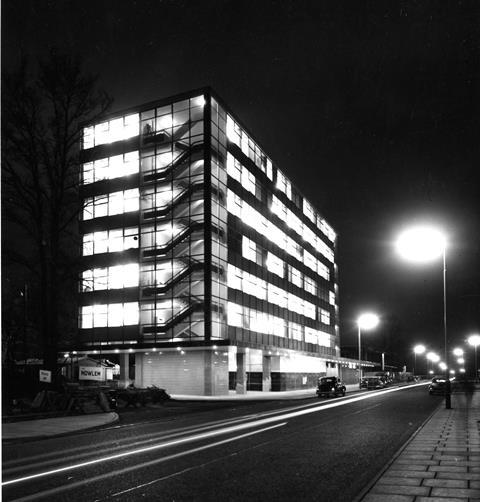
After what Historic England describes as “a rapid succession of chief architects”, Stevenage Development Corporation appointed Leonard Vincent as chief architect in 1954.
The buildings of the pedestrian precinct at Stevenage were designed as part of a single concept under the same architectural team, who were responsible for the design of all structures down to lamp standards and flower planters, as well as outdoor advertising schemes.
The precinct was completed in 1959 and opened by the Queen. Chief architect Vincent was awarded a CBE the following year.

The book describes landmark town-centre buildings including the grade II-listed St George’s Church, Stevenage’s Mecca dance hall and the County Library, as well as the Joyride sculpture by Franta Belsky, which stands next to the clock tower and pool in the town centre. The sculpture and clock tower are also grade II-listed.
Lead author Emily Cole, who is a senior architectural investigator at Historic England, said Stevenage town centre was notable for the “unity, quality, ambition and influence” of its design.

“I really hope that the book will help to promote interest and appreciation of this unique town centre scheme, which features a fine listed clock tower and decorative works of art,” she said.
“It represented the latest in shopping in the 1950s and still has lessons for us today.”
The town has condinued to expand. Last year PRP and Bennetts won consent for thedevelopment of 1,864 new homes, spread across 11 new buildings, as part of a 20-year programme.
Stevenage: Pioneering New Town Centre是由伊莱恩·哈伍德和爱德华·詹姆斯合著的。它由利物浦大学出版社出版。
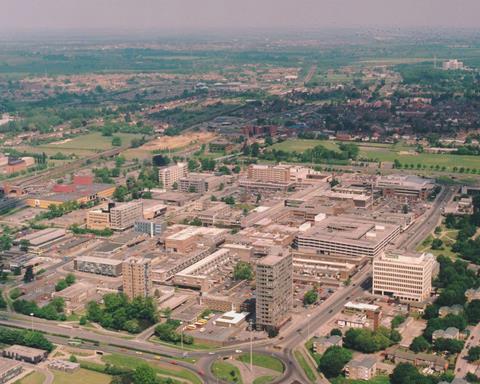












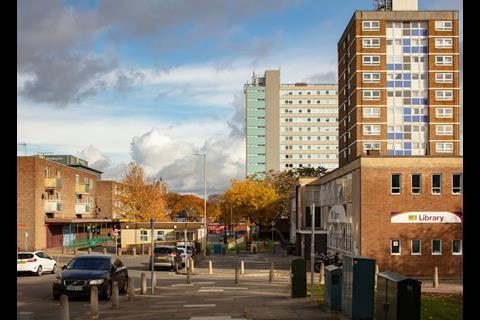
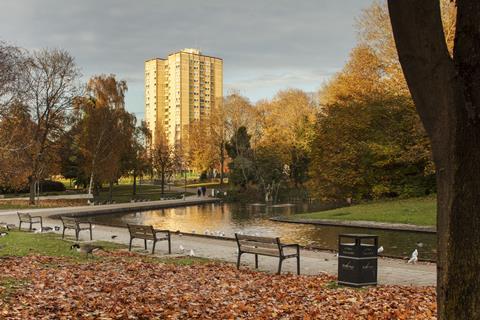


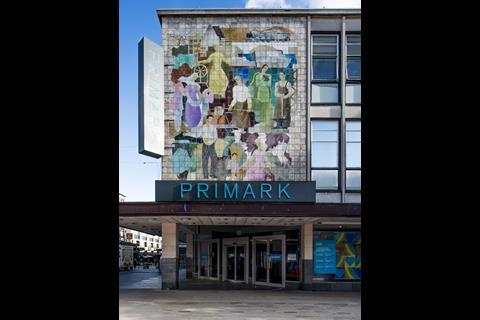

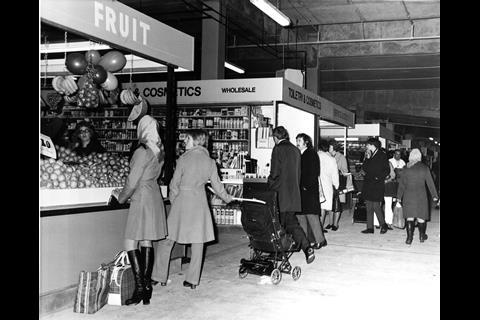







No comments yet